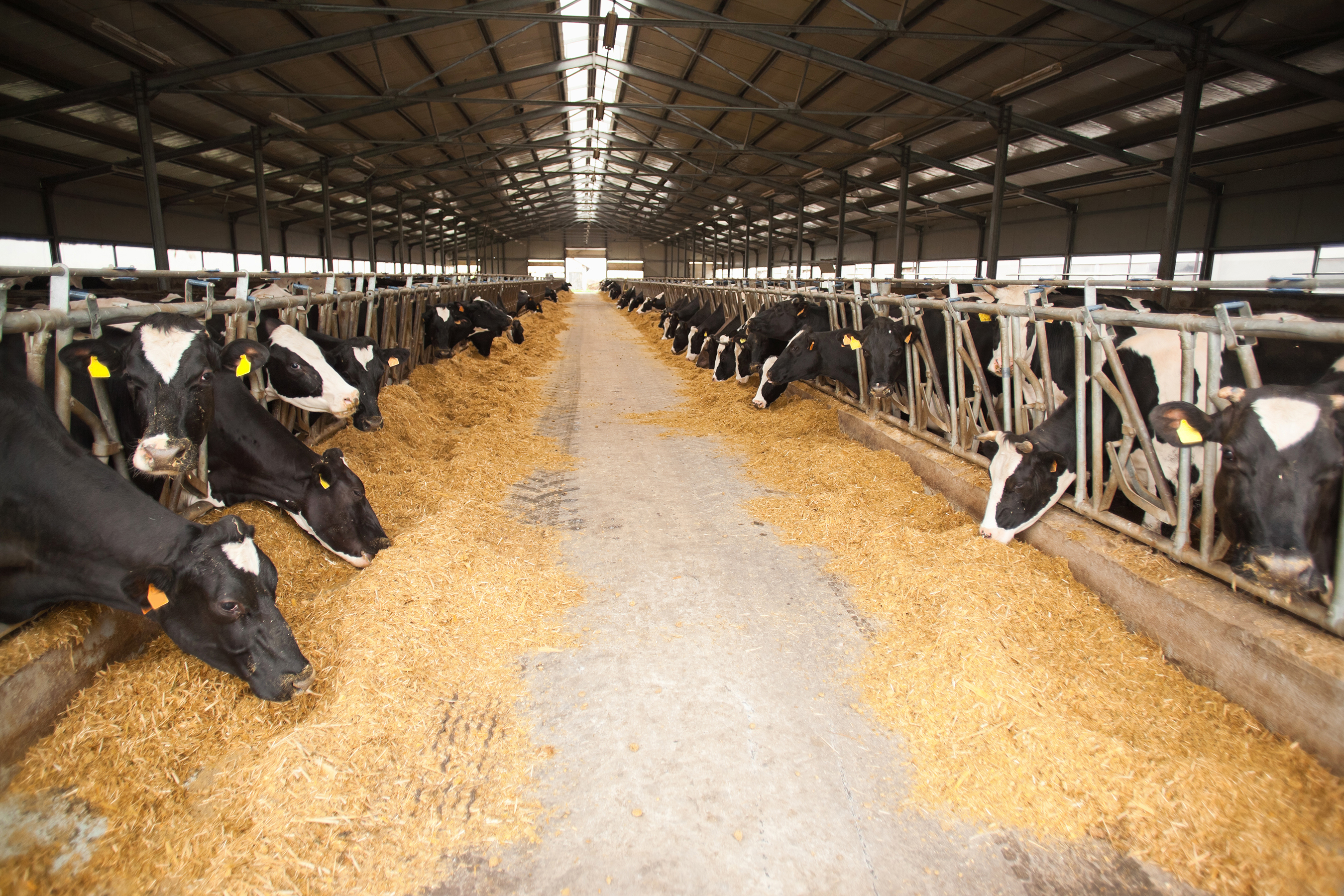
Amid growing concerns about “superbugs,” regulators seek comment on use of antimicrobials in animal feed.
From the hospital operating room to the kitchen counter, there looms an invisible threat that has captured the attention of leaders and institutions around the globe—a threat that, by 2050, could kill more people each year than cancer and cause economic damage on the order of the 2008 financial crisis.
“Superbugs,” which are microorganisms with a resistance to antibiotics, antivirals, and antifungals, have become a major threat to global public health. The danger that antimicrobial resistance and superbugs represent has already prompted responses from President Barack Obama and the U.S. Food and Drug Administration (FDA). In its most recent effort to mitigate antimicrobial resistance and the associated threat of superbugs, FDA announced that it seeks to regulate the use of certain antimicrobials in the feed and water of livestock. Agency officials are currently soliciting public comments on this issue.
Public advocacy organizations note that the animal-feed industry needs further regulation because “the majority of antibiotics sold in the United States are administered to animals.” The Natural Resources Defense Council (NRDC) recently reported that livestock producers have increased administration of certain medically important antibiotics to their animals over the past several years; sales of such drugs amounted to 18.2 million pounds in 2011 but reached nearly 21 million pounds in 2014. Livestock ingest more than 90 percent of these antibiotics through feed or water. Such extensive antimicrobial use increases the chance of resistant microorganisms spreading from industrial animal facilities to the dinner table.
FDA’s recent action marks a small, but important step toward curbing the domestic health threat that antimicrobial resistance poses. FDA aims to implement a system of appropriate timeframes of use for antimicrobials dispensed in livestock feed and water in order to dissuade the overuse of these drugs in food-producing animals. By imposing time limits, FDA intends to reduce the rate of exposure that harmful microorganisms have to these drugs.
The Agency stated that its current request for public comment complements its previously issued Guidance for Industry #213, which recommends limiting the use of any newly approved and medically important antimicrobials to a defined duration under the oversight of a veterinarian. Yet Guidance #213 did not address duration of use for several other antimicrobial drugs used for livestock, which FDA now seeks to remedy. Specifically, the Agency found that several drugs received approval without any limit to the duration of their use in the feed and water for six different food-producing species: cattle, swine, chickens, turkeys, sheep, and honey bees.
These drugs concern FDA because permitting indefinite use means potential overuse, which then increases the likelihood of antimicrobial resistance. Resistance occurs when microorganisms, such as bacteria, viruses, fungi, and parasites, come into contact with antimicrobial drugs and then adapt in a way that makes the medication ineffective. In fact, “Simply using antibiotics creates resistance,” the Centers for Disease Control and Prevention reports.
FDA’s current request for comment seeks input from the public on three issues: the underlying diseases requiring the antimicrobials, and periods when animals are most at risk of developing these diseases; recommendations for targeted antimicrobial regimens or husbandry techniques that might lessen the need for these drugs; and strategies for updating the labels that currently do not include any defined durations of use.
Pharmaceutical companies have supported the previous measures FDA has taken toward combatting antimicrobial resistance. After its initial release of Guidance #213, FDA announced that all 26 drug manufacturers affected by the guidance voluntarily agreed to fully participate in the Agency’s strategy by phasing out the use of medically important antimicrobials in food-producing animals. Moreover, in its more recent request for public comment, FDA noted that it is “working collaboratively” with the impacted pharmaceutical companies.
Nevertheless, a number of public interest groups remain critical of FDA’s efforts. The new request for comment period comes on the heels of a petition filed by several organizations, including the NRDC, Earthjustice, and Public Citizen, calling on the FDA to curb the use of antibiotics in meat production. The authors argue the time durations that the Agency hopes to implement are too lax. The interest groups then urge FDA to withdraw all approvals for the prescription of certain antimicrobials. In their view, such restriction is necessary to mitigate the effects that livestock drug use—especially for growth-promotion and disease-prevention purposes—have on the development of antimicrobial resistance. They argue that merely specifying durations of use for livestock antimicrobials, a measure that FDA currently seeks further comment on, would do little to alleviate the root causes of the issue.
The petitioners observe that Guidance #213 only discourages growth-promotion uses, which accounts for approximately 10 to 15 percent of total livestock antimicrobial use in the United States. In contrast, disease prevention remains a permitted justification for antimicrobial use under FDA’s voluntary program, but it represents a much greater portion of use. The petitioners argue that FDA’s voluntary program “will fail to reduce livestock antibiotic use significantly” regardless of participation by pharmaceutical companies. Indeed, they further note that, since 2013, when the Agency published its voluntary industry guidelines, antimicrobial use in livestock has actually increased.
The Agency accepted comments until December 13, 2016.



